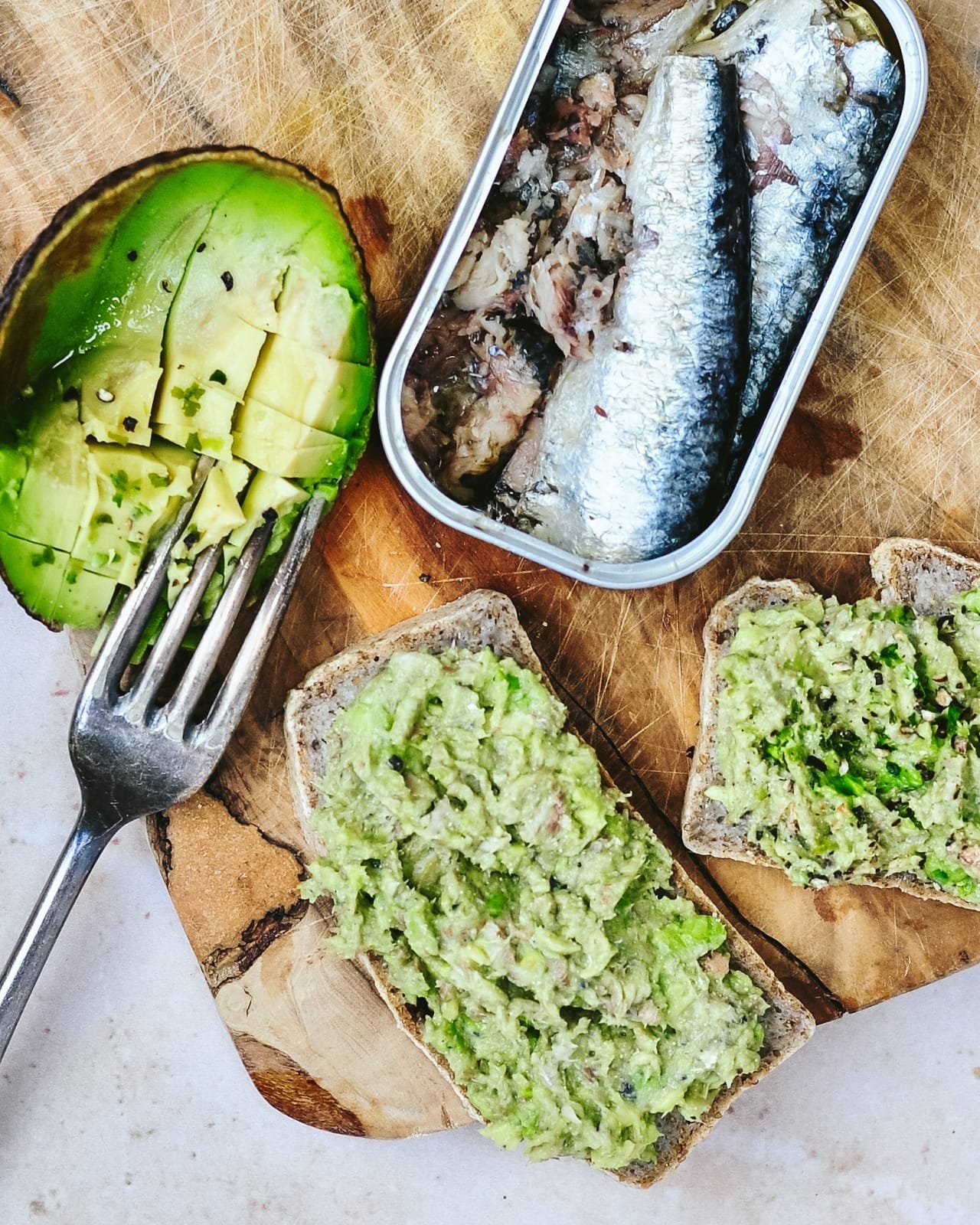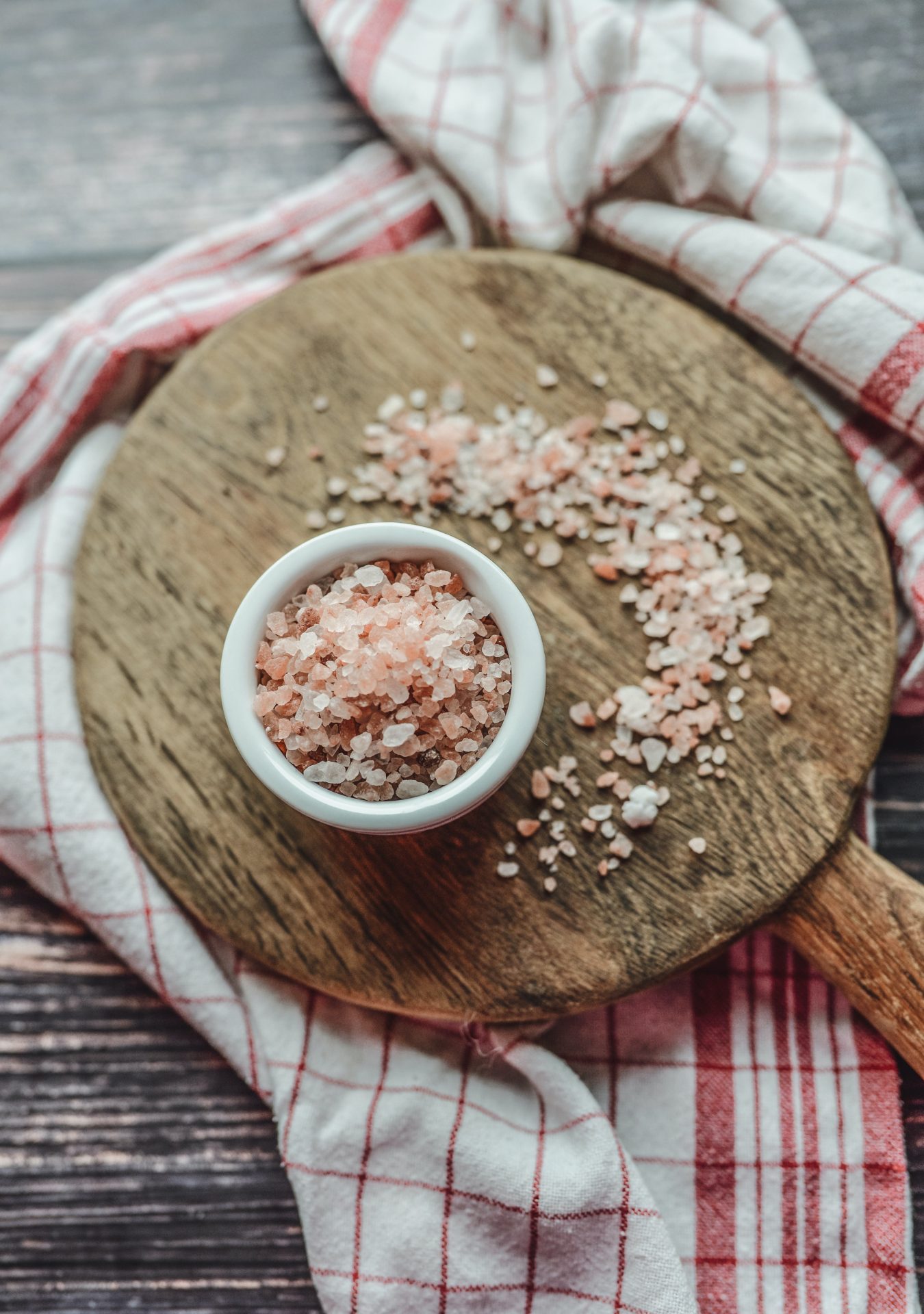What is mercury?
Mercury is a metal that pollutes the air mostly through the burning of fossil fuels and waste. From the air, mercury settles in large bodies of water and soil, and hence it becomes part of the food chain. The main way humans take in mercury is from fish – small fish eat microorganisms contaminated with mercury, then bigger fish eat these fish, resulting in a build up of mercury. The bigger, older and more predatory the fish, the more mercury it contains – a process known as “bioaccumulation”. The mercury in fish is in the form of methylmercury.
Why do we care about mercury for our babies?
Methylmercury has toxic properties and can severely affect unborn babies and infants.¹,² This is because their brain, nervous system, and organs are still developing. Damage to an infant’s central nervous system is of biggest concern, with damage likely to be permanent.³ Depending on the dose and timing of exposure (in utero versus age of infant), the effects may be severe and immediately obvious, or subtle and delayed. Neurological symptoms include mental retardation, ataxia and cerebral palsy, seizures, vision and hearing loss, delayed developmental milestones, language disorders, and problems with motor function, visual spatial abilities, and memory.²
This all sounds very scary, but the good news is that we can minimise our exposure to methylmercury by choosing the right types of fish to offer our babies. Avoiding fish altogether is not the answer, as fish is a wonderful source of nutrients for our little ones, in particular protein, omega-3 fats, iodine, vitamin D, vitamin B12 and selenium.
Which fish is best?
The best types of fish to feed our babies are those that are low in mercury and high in omega-3 fats. These include:
- Salmon
- Atlantic mackerel
- Sardines
- Trout
- Herring
Other low mercury fish and seafood include:
- Snapper
- Cod (hake/hoki/blue grenadier)*
- Bream
- Basa
- Trevally
- Whiting
- Barracouta
- Monkfish
- John Dory
- Mullet
- White bait
- Tinned tuna**
- Flounder
- Garfish
- Prawns
- Oysters
- Squid
- Octopus
- Lobster
- Bugs
*This is the most common type of fish used in fish fingers/crumbed fish
**Canned tuna generally has lower levels of mercury than other tuna because the tuna used for canning are smaller species that are generally caught when less than 1 year old. See below for more information.
Fish to avoid
Large predatory fish have higher levels of mercury. It is therefore best to avoid giving these fish to your baby, or if you are pregnant. Don’t be alarmed if you accidently give these fish to your baby on occasion. If this is the case, avoid giving your baby any other fish for that fortnight.⁴
High mercury fish:
- Flake (shark)*
- Catfish
- Deep sea perch (orange roughy)
- Swordfish
- Barramundi
- Bluefin and bigeye tuna**
- Ling
- Gemfish
- Marlin
- King mackerel
*Flake is commonly used in take-away ‘fish and chips’
** Bigeye tuna is commonly used in sushi
How much fish should I give my baby?
There is no specific recommendation regarding how regularly we should offer fish to babies. Current Australian guidelines recommend consuming 2-3 portions of low mercury fish a week.⁴ For adults, a portion is 150 g, and for children a portion is 75 g (children < 6 years). We recommend offering a 50 g portion of low mercury fish 2-3 times/week to a child < 2 years old.
A note on tinned tuna
There is a lot of controversy over the levels of mercury in tinned tuna. The advice varies internationally due to the different species of tuna used in canning, different brands being sold in different countries and how thoroughly that country tests these brands for mercury levels. Tuna sold in Australian supermarkets is well regulated.⁵ According to Food Standards Australia New Zealand (FSANZ), “It is safe for everyone (including pregnant women and children) to consume canned tuna as part of their fish intake. FSANZ has calculated that it is safe for all population groups to consume a snack can of tuna (95 grams) everyday, assuming no other fish is eaten.”
Tuna species vary in size and hence their mercury level will vary. Skipjack are a smaller species and have lower mercury levels than yellowfin, albacore and bigeye. Skipjack and yellowfin are the main tuna species listed as ingredients in tinned tuna sold at Australian supermarkets.
If you choose to offer tinned tuna to a child under 2 years of age, source skipjack tuna if possible and keep to a 50g portion size. From a nutritional perspective, and where feasible for your family, it is best to prioritise other fish that are low in mercury and high in omega-3 (as listed above).
Mercury and breastfeeding
Although methylmercury is transferred into breast milk, the benefits of breastfeeding your baby far outweighs any risk posed by the small amount of mercury that may be present. If you are breastfeeding, it is recommended to follow the same guidelines for pregnant women, which is 2-3 serves of low mercury fish/week (1 serve = 150 g).⁴ If you have limited your exposure to mercury up to and during pregnancy, the amount of mercury transferred through breast milk will be very low.
Does processing or cooking reduce the mercury content of fish?
Unfortunately not. Canning, freezing or cooking will not reduce the mercury content of the fish.
Want some fish recipes?
References:
- Mergler D, Anderson HA, Chan LH, Mahaffey KR, Murray M, Sakamoto M, Stern AH; Panel on Health Risks and Toxicological Effects of Methylmercury. Methylmercury exposure and health effects in humans: a worldwide concern. Ambio. 2007 Feb;36(1):3-11. doi: 10.1579/0044-7447(2007)36[3:meahei]2.0.co;2. PMID: 17408186.
- Bose-O’Reilly S, McCarty KM, Steckling N, Lettmeier B. Mercury exposure and children’s health. Curr Probl Pediatr Adolesc Health Care. 2010 Sep;40(8):186-215. doi: 10.1016/j.cppeds.2010.07.002. PMID: 20816346; PMCID: PMC3096006.
- Grandjean P. Methylmercury toxicity and functional programming. Reprod Toxicol. 2007 Apr-May;23(3):414-20. doi: 10.1016/j.reprotox.2007.03.002. Epub 2007 Mar 12. PMID: 17408921.
- Food Standards Australia New Zealand, Mercury in fish, foodstandards.gov.au, 2020, accessed on 9th July 2023.
- John Sumner and Cath McLeod, Seafood Consumption in Australia: Risks and Benefits, June 2015, Australian Government: Fisheries Research and Development Corporation.




+ show comments
- Hide Comments
add a comment